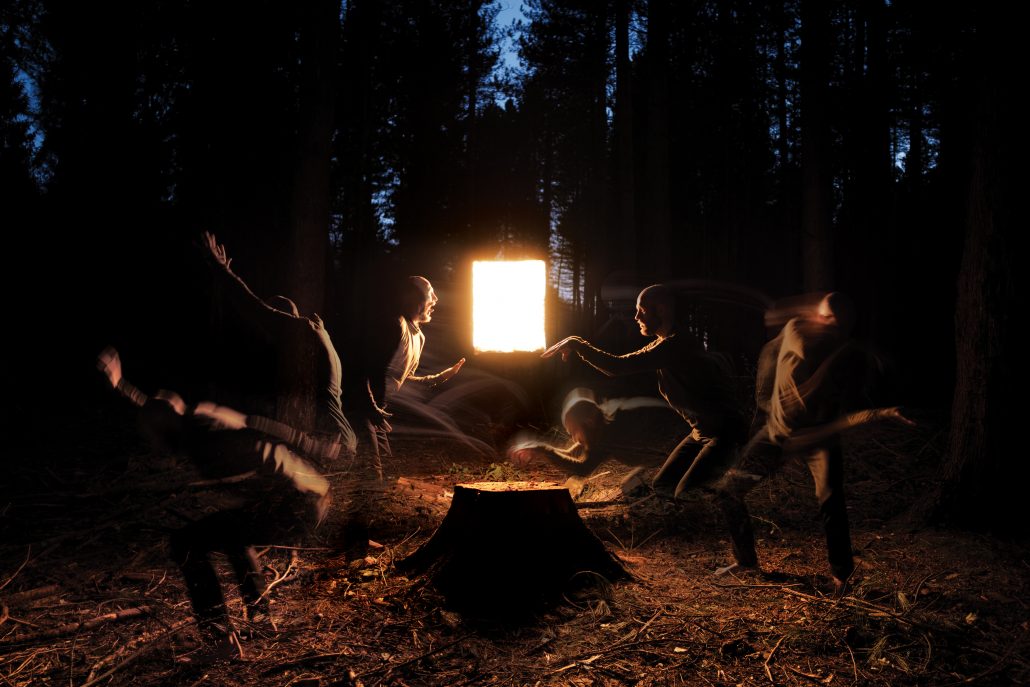Most people understand the consequences of climate change and mass production, but significant costs of these issues may seem distant. Vigil uses physical theatre, backed by simple and slick media, to bring attention to the staggering number of plants and animals included on the International Union of Conservation of Nature ‘Red List’ of extinct and threatened species.
Tom Bailey serves as the lone performer on the stage. His acting prowess becomes evident early in the performance, as a large projector displays names of animals included on the Red List. Each time a new animal appears, Bailey begins to take mimic the perceived movements and personality that the name suggests. His performance, early on, provides some humour, and we begin to relax, hoping that perhaps the show isn’t as poignant as we once thought. This easiness is short-lived, though, as the names begin to speed up and Bailey can not keep up. He stops, staring at the screen in horror as he realises that there are far too many animals in this dire situation to give them each a swan song.
The projector only tells half of the story, as Bailey uses a box of bones as a chair to watch the names pass by. He begins to examine the bones, and with each touch a new name projects in front of him. Sometimes the name ‘unknown’ appears, reminding the audience that we will never truly know the full impact of extinction. Although certainly a powerful message, the intent of the performance does seem to be quite obvious at this point, making us question whether it is necessary to continue to devote more significant time packaging this same message.
The performance climaxes with a soliloquy Bailey delivers whilst in the character of a nearly extinct animal. The thoughts of this doomed creature go beyond the acceptance that their death marks the end of their kind. The speech also focuses on feelings of jealously toward humans’ freedom to have a much more consequential existence, and the anger felt at humans using their freewill to destroy rather than nurture.
Admittedly, the show sometimes lacks a bit of subtext, but the final speech provides a powerful message about our own role in the next mass extinction. Moreover, Bailey’s performs allows us to appreciate the plants and animals mentioned having one last showcase of their uniqueness developed through years of survival in nature.
